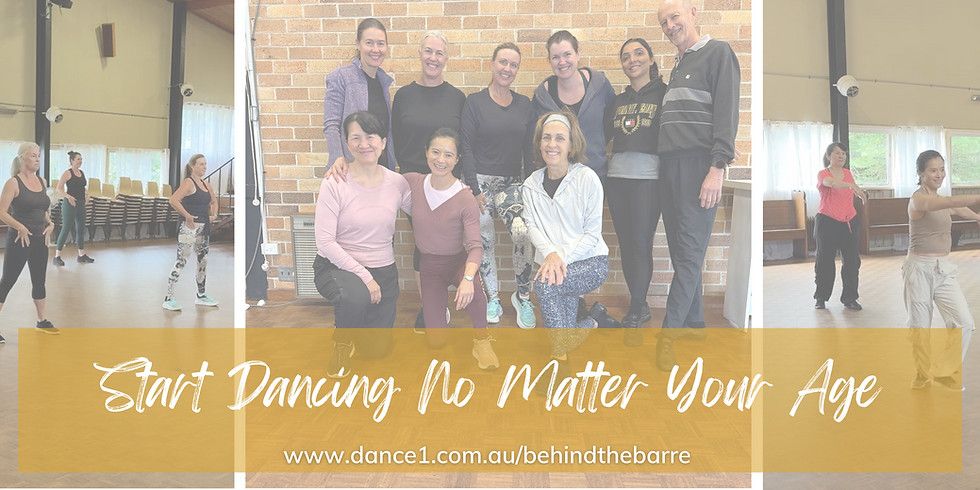Why are dance teachers ‘bunheads’ about neat buns in class?
- luisa363
- Apr 13, 2023
- 3 min read
Everyone who has seen a production of the Australian Ballet knows that dancers need to wear their hair in a bun. This important traditions is the reason why dancers are often referred to as ‘bunheads’!
At DANCE1, all our Seniors (Year 7 & above) wear buns to class for a number of reasons. However the messy, coiled ponytail and hair elastic to secure it just won’t do.
Teachers are pedantic and passionate about the issue, but why does your hair need to be pulled up?
Here are 5 important reasons why your teacher asks for a neat bun:
1. Muscle Memory
Whether its a fringe, long side pieces or those wispy bits behind the ears… hair that is loosely tied back means dancers often reach up and brush their hair out of their face. Ponytails will often fall out during particularly energetic choreography, which means dancers are often re-tying their hair between run throughs and wasting time.
After a while, this hair habit becomes muscle memory and dancers will continue to do this onstage and mid-performance, even if it is slicked back and pinned up!
Wearing a bun each week means that dancers can focus on executing steps and routines without distraction.
2. Safety
‘I whipped myself in the eye’… said every dancer ever when pirouetting in a ponytail!
The fast whipping movement during turns is essential for multiple pirouettes. Cue the fouetté section from the end scene of ‘Centre Stage’…
Dancers who wear ponytails while spotting in turns will wince or close their eyes for fear of getting hit. Not to mention being targeted by the dancer next to you in a close group formation.
Buns take away this legitimate safety hazard, ensuring perfect pirouettes each time. It allows dancers to clearly see and have a better focus on what is happening around them.
3. Balance
Buns are an important part of dance classes, as they provide support and stability to the dancer's body. They help to keep the body aligned and balanced during movement.
Having strong buns means dancers can execute more complex moves with ease and confidence and add an extra layer of complexity to the performance.

4. Aesthetic
The history of ballet buns can be traced back to the 19th century, when ballet began to evolve into the art form we know today. At that time, ballet dancers wore their hair in a variety of styles, including braids, curls, and even loose waves. However, the ballet bun emerged as the practical hairstyle for dancers.
One of the reasons for the popularity of the ballet bun is that it allows dancers to maintain a streamlined, elegant look. By pulling their hair back tightly into a bun, dancers can create a clean, uncluttered line from their head to their toes.
Buns create a sense of uniformity among dancers in a group.
If everyone in the room matches perfectly, the teacher can easily correct the shoulder or head that is wrongly placed. Trying to figure out who is turning in the wrong direction can be disorienting if everyone’s hair and clothing is different.
More on why we wear a uniform later…

5. Respect
Wearing a bun in class demonstrates discipline, which is an important quality to have as a dancer.
By puting in the effort to maintain your appearance, it can shows your commitment to your dance training and your willingness to follow the rules of the class. The overall atmosphere in the dance studio will be more learning friendly, professional, and respectful.
Children learn that by upholding the expectations of the studio, teachers are then accountable to the dancer’s expectations of class. This contributes to a better student-teacher relationship.
Overall, while wearing a bun may not be essential to dancing itself, it is often considered an important part of the overall dance experience.





Comments